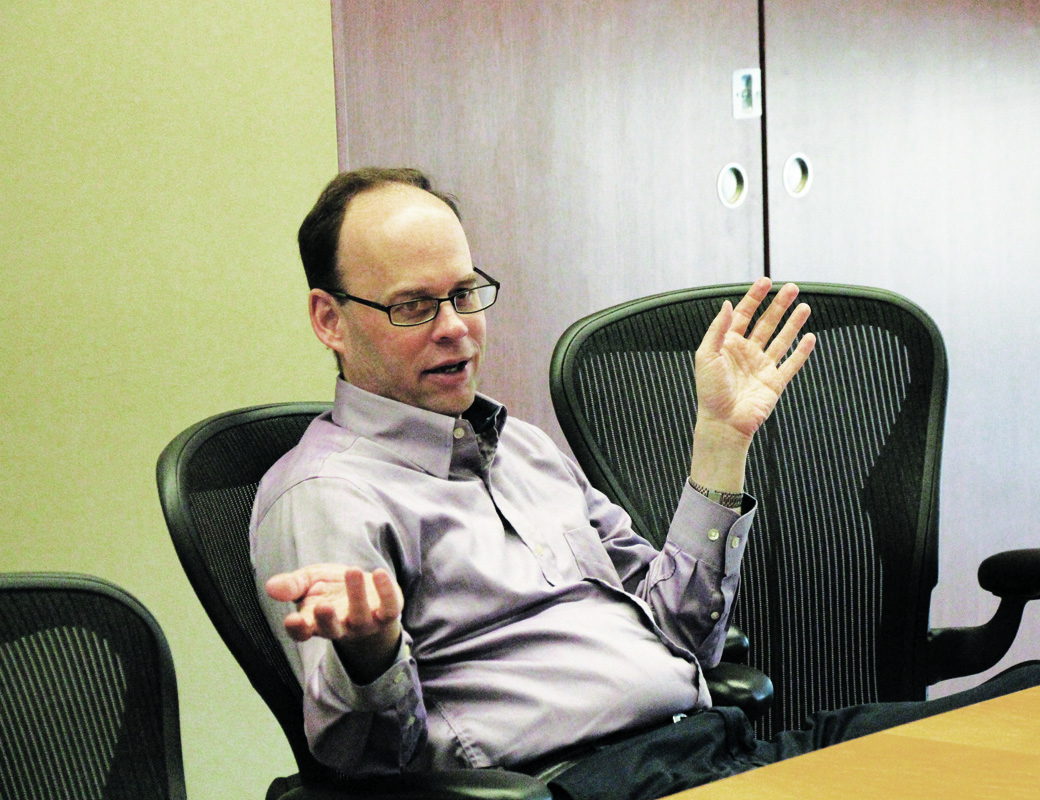
Speakers enrich intellectual environment at USD
Faculty seminars give students unique advantages and opportunities, both by learning from lectures, but also from the experience according to Lisa Moore, director of the Faculty Seminar Series.
Moore said she feels it is important to bring in these speakers because they enrich the intellectual environment.
“Our seminar series is a mechanism to bring in nationally renowned scientists,” Moore said. “It is a great networking opportunity for our faculty, but also importantly, it is excellent exposure for our graduate students to the wider scientific community.”
What started as a simple case of the flu led to H1N1 and quickly turned fatal, Jon McCullers, Pediatrics Department Chair at St. Jude’s in Memphis, said during a faculty seminar discussing his studies regarding H1N1 on Feb. 7.
Four days after a 13-year-old boy went to the doctor complaining of dizziness and a sore throat he was pronounced dead.
McCullers, along with a graduate student, have performed multiple experiments on mice in a secure test lab to determine why some cases of the flu can lead to death.
Victor Huber, assistant professor of basic biomedical sciences, introduced McCullers at the faculty seminar. McCullers was Huber’s advisor during post-doctoral training at St. Jude’s Children’s Research Hospital.
Huber said the university brought McCullers to speak at the seminar because McCullers is an expert in influenza viruses. Huber previously knew McCullers after Huber worked in McCuller’s lab for five years.
What McCullers said his lab found is that many influenza-related deaths are due to secondary invaders. These are bacteria the body contracts after being infected with influenza that make it nearly impossible for the lungs to recover and fight off the new bacteria.
“These super-infections have been an emerging trend in the past decade and when one has been contracted, the host is likely to die,” McCullers said.
The experiment McCullers conducted consisted of giving a test group of rats a low dosage of influenza and another test group a mock infection. The next step was to give both groups of rats a small dosage of a mock infection.
The results showed that the rats who received both the influenza and the mock infection rapidly declined. These two bacteria, when contracted simultaneously, were the super-infection, McCullers said.
“When we injected the rats with dye, we were able to see the different bacteria on scans,” McCullers said. “The influenza was helping the [mock] bacteria access new sites.”

